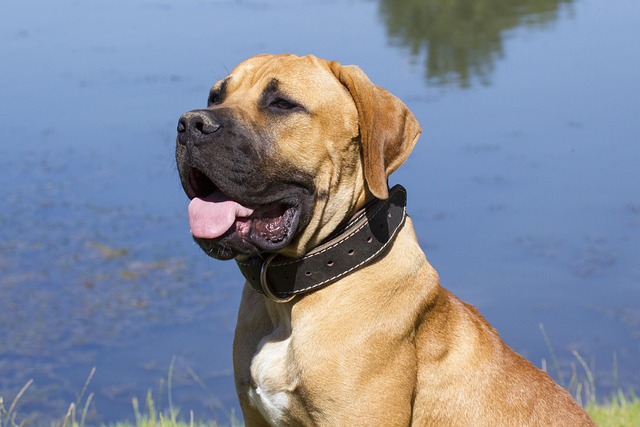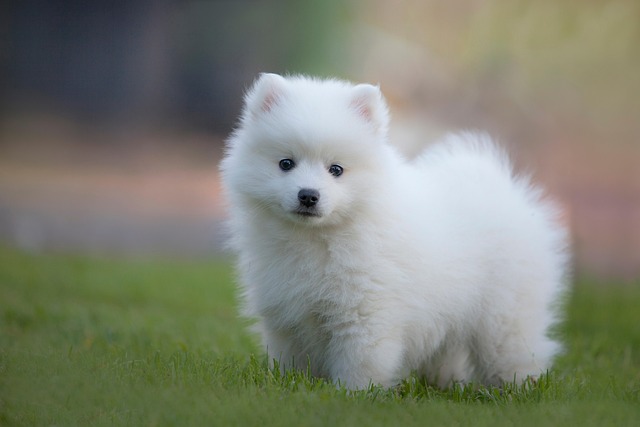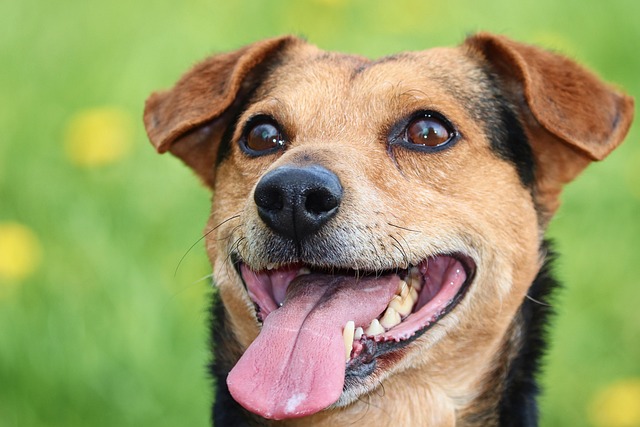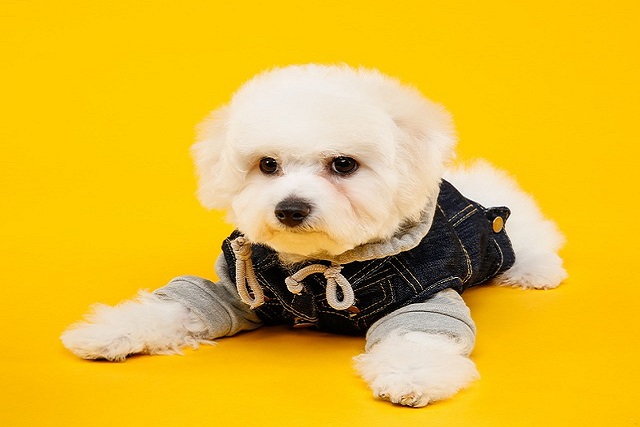
How do I start my dog on agility training?
The idea of watching your dog leap, weave, and race through an agility course is exhilarating. But before you dive in, it’s essential to understand the journey ahead,
If your home is now filled with the whirlwind energy of a Border Collie, you’re in for an amazing journey—these pups are like living, breathing bundles of intelligence wrapped in fur. But let’s be real: channeling all that brainpower and boundless energy into well-mannered behavior can feel a bit like taming a tiny, fluffy tornado. Don’t worry—with the right approach, you can train your pup at home in a way that’s enjoyable for both of you, while also keeping things legal and respectful of your community.
First off, let’s talk about what makes these guys tick. Border Collies were bred to work—like, really work. Herding sheep, solving problems, staying on their paws all day. That means their training needs to hit both the physical and mental gym. Start with a routine. Dogs thrive on predictability, and these guys crave structure even more. Set regular meal times, potty breaks, and short training sessions—think of it as a schedule that says, “Alright pup, here’s our game plan for the day.” It helps them feel secure and ready to learn, which makes your job easier.
Potty training and crate training are usually the first tests of patience. For potty training, take them out often—right after naps, meals, and playtime. Pick a simple command like “go potty” and go full cheerleader when they get it right. Treats, praise, maybe a little dance—whatever makes them feel like rockstars. Crate training? Make their crate a happy place, not a time-out zone. Add a cozy bed, their favorite toy, and toss in a treat when they go in willingly. Just remember: leaving a dog in a crate for too long isn’t fair to them, and in many places, it’s against animal welfare laws. Keep it short and sweet, especially for puppies.
Now, onto obedience training. Border Collies are quick learners, but they get bored faster than a kid in a long car ride. Keep sessions short—10-15 minutes, 2-3 times a day. Start with basics: “sit,” “stay,” “come.” Use positive reinforcement—treats, belly rubs, or a game of fetch—as rewards. Never yell or use physical corrections. Why? Not only do they damage trust, but in lots of countries across Europe and North America, punitive methods are either frowned upon or straight-up illegal. Kindness and consistency are your best tools here.
 Socialization is a big deal too. Border Collies can be shy around new faces or fur friends if they’re not used to them. Start early: invite friends over, take gentle walks in busy parks (always on a leash—most places require that in public spaces), and let them meet other well-behaved dogs. Watch their body language closely—if their tail tucks or ears flatten, back off and try again later. Good socialization helps them grow into confident pups who won’t freak out at every new sight or sound.
Socialization is a big deal too. Border Collies can be shy around new faces or fur friends if they’re not used to them. Start early: invite friends over, take gentle walks in busy parks (always on a leash—most places require that in public spaces), and let them meet other well-behaved dogs. Watch their body language closely—if their tail tucks or ears flatten, back off and try again later. Good socialization helps them grow into confident pups who won’t freak out at every new sight or sound.
Let’s not forget exercise—this is non-negotiable. A tired Border Collie is a good Border Collie. They need both physical activity (long walks, fetch, agility games) and mental stimulation (puzzle toys, trick training, hide-and-seek with treats). When you’re out and about, always clean up after them—leash laws and poop-scooping rules exist for a reason. Not only is it the responsible thing to do, but it keeps your neighborhood friendly for everyone, two-legged and four-legged.
Got a pup who nips at heels during family gatherings? That’s their herding instinct! Instead of scolding, redirect them to a chew toy and praise like crazy when they grab that instead. Barking too much? Don’t just say “quiet”—figure out why. Are they bored? Anxious? Need more playtime? Solving the root cause is way more effective and keeps neighbors from knocking on your door (since noise ordinances for pets are a real thing in many areas).
Patience is key here. Every dog learns at their own pace, and Border Collies can be stubborn little whizzes. Celebrate tiny wins—did they hold a “stay” for one extra second? That’s a victory! End each session on a positive note, even if you didn’t master the command. This keeps them excited for the next time instead of stressed.
Oh, and let’s not skip the boring-but-important stuff: health and safety. Make sure your pup is up to date on vaccinations, especially rabies—many places require it by law, along with microchipping. During training, watch for signs of tiredness. These guys get so into it, they might overheat in hot weather or strain a muscle. Keep water nearby and take breaks when they need them.
At the end of the day, training your Border Collie at home is about building a partnership. They want to work with you, not against you. By respecting their natural instincts, keeping things fun, and following local regulations, you’re creating a bond that’ll last a lifetime. Your pup will grow into a well-behaved companion who’s a joy to have around, whether you’re chilling on the couch or exploring the great outdoors.
So grab those treats, clear a little space, and get ready for some quality time with your furry sidekick. Training doesn’t have to be perfect—it just has to be consistent and kind. Your Border Collie will thank you with wags, snuggles, and maybe even a perfectly executed “come” when you call.

The idea of watching your dog leap, weave, and race through an agility course is exhilarating. But before you dive in, it’s essential to understand the journey ahead,

Deciding to bring a Yorkie into your home means embracing a tiny bundle of energy and charm, but it also raises an important question: how straightforward is potty training?

Bringing home a new puppy is an exciting adventure, but it also comes with the big question: What is the first thing you should train your puppy?

Imagine you’re at Seattle’s Green Lake Park with Luna, your energetic Shepherd mix. She spots a duck and lunges, choking herself on the collar.

Teaching a 2-year-old dog to fetch might seem challenging, but it’s a rewarding way to bond and keep your furry friend active. Fetch isn’t just a fun game—it provides mental stimulation and physical exercise, essential for a healthy dog.

You’ve read all the articles, stocked up on premium treats, and patiently clicked and rewarded your new rescue pup, Charlie.